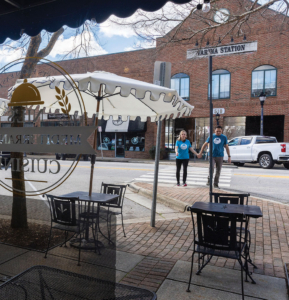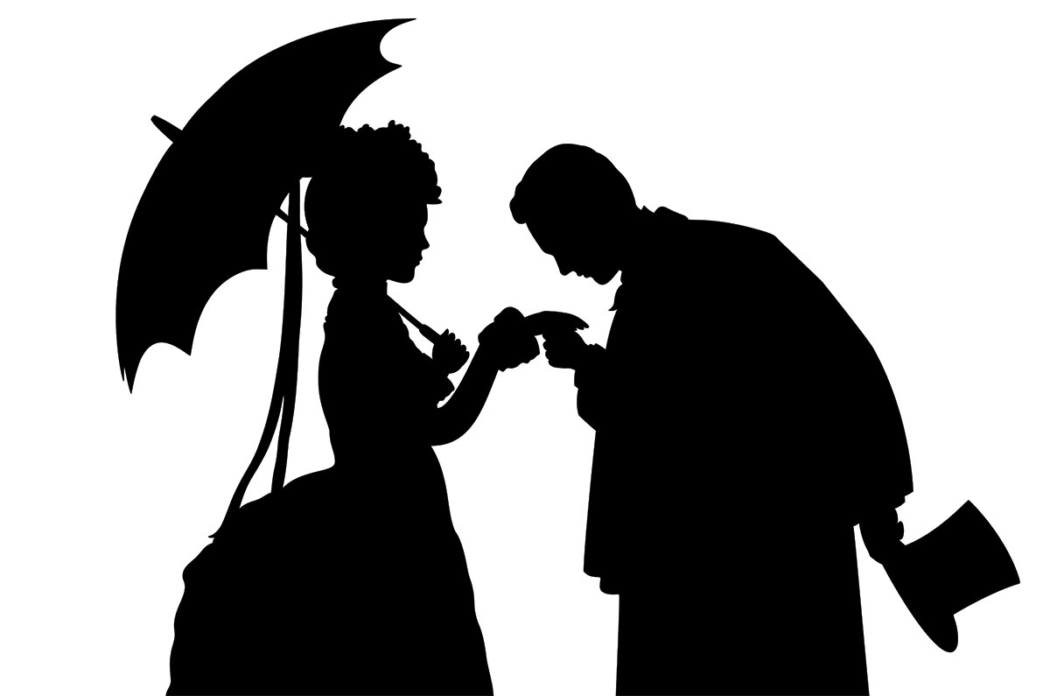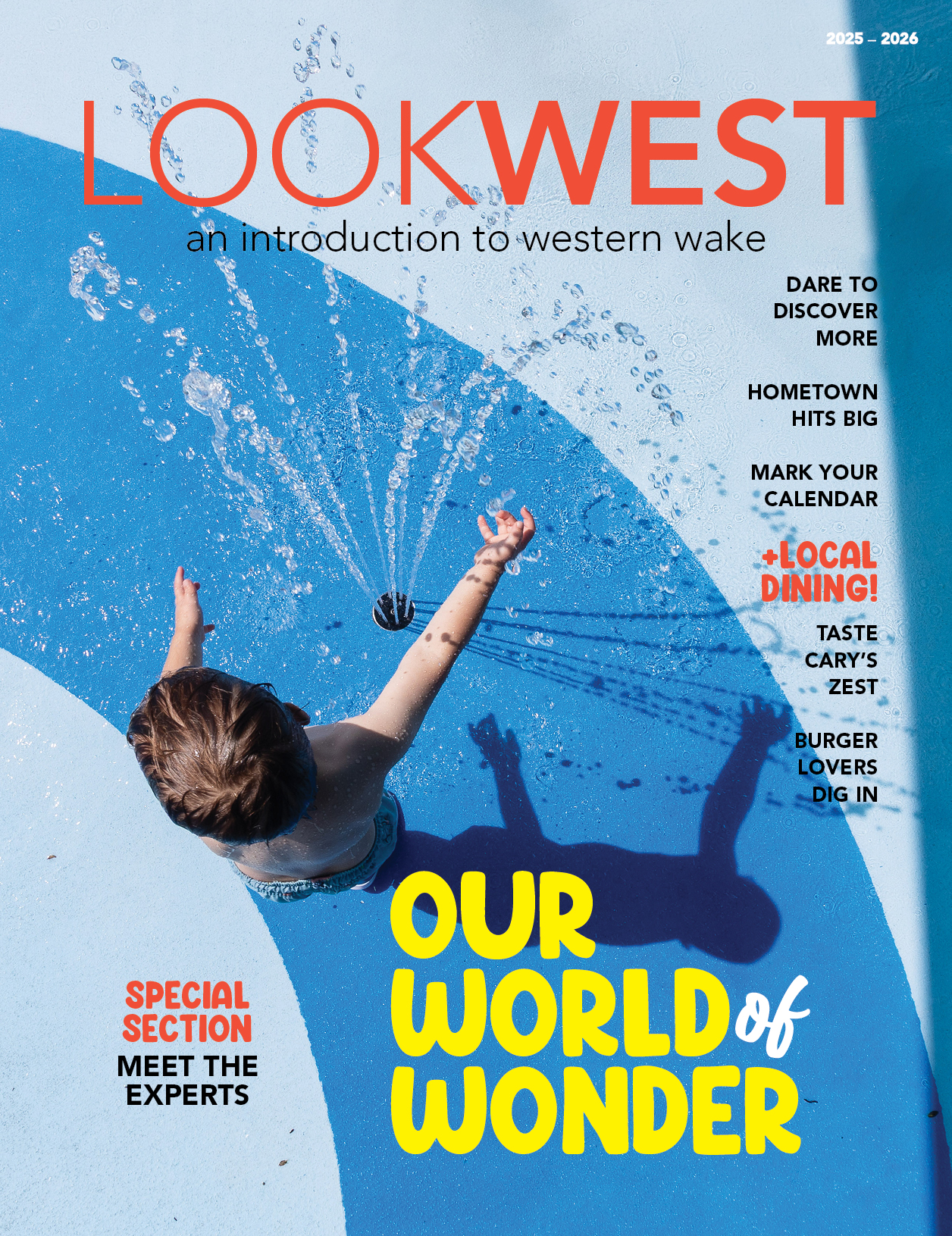It was brought to my attention that the Sept/Oct issue of Main & Broad is the women’s issue, and given that I’m a woman, I thought I’d contribute in a meaningful way.
The story of how Fuquay-Varina got its name is a Hallmark movie come to life. Before it was the beloved hyphenated mouthful we know today, Fuquay-Varina was two separate towns: Fuquay Springs (known for its healing waters) and Varina (named for the main character in one of the most underrated Southern love stories of all time).
How much of it is true? No idea, but I’m here to fill in some gaps and tap into your penchant for trashy novels. As always, you’re welcome. Enjoy this girl-powered history lesson that they don’t teach in Wake County schools.
The Year Was … A Long Time Ago
Back in 1805, a dude named William Fuquay, a French veteran of the Revolutionary War, purchased 1,000 acres of local land that used to be called Piney Woods. In the mid-1800s, his grandson, Stephen Fuquay (let’s call him Steve), discovered a mineral spring on his family’s land. This spring was believed to have healing powers (according to Steve, the Billy Mays of his time) and quickly became a popular attraction. Gullible people in frocks and such would travel from all over to drink the water and heal their gout, diabeetus, you name it. Steve’s son, John Fuquay, eventually helped develop the area further. Thus was born Fuquay Springs.
During Civil War times, a local soldier named Ballentine was off doing war stuff and God knows what else. During his free time, he started corresponding with a woman who mysteriously went by the pen name Varina.

The train station, post office, and general store of the fledgling hamlet were all named for this story’s heroine, Varina. Present-day Varina Station acknowledges that history.
How did he meet her? I don’t know, google it. Honestly, she could have been catfishing him the whole time, but he was into it. Varina rizzed him up somehow, probably by knowing the exact ratio of sugar to vinegar in a deviled egg or something. I really don’t know what people were into back then.
Regardless, he was so smitten that after the war he returned to the area, wifed her up, and built a post office in her honor (perfect example of “if he wanted to, he would”). The surrounding area then became known as Varina, centered around the general store and post office.
Apparently, Varina was originally from Fayetteville, which is a red flag, but we’ll ignore that. Ballentine continued to call her by her pen name, which is weird, but maybe her real name was Eunice or something. Regardless, when two timber rail lines eventually crossed, Varina Station was born. In other words, Aviator. Think about this the next time you’re getting drunk with your friends.
Eventually, Varina would grace half the town’s signage, school mascots, and meme pages. The point is, a woman wrote some letters and got a whole town named after her. Which seems significant, given this is the women’s issue.
Considering she didn’t live in a time when women broke glass ceilings, I’m proud of her for getting exactly what she wanted by thirst-trapping with a pen and paper. Bravo, Varina, Southern Wake’s original influencer. She walked, probably in a petticoat, just so we could run. Not that I’m running … I don’t do that. But you get what I mean.
May we all be as iconic, mysterious, and geographically influential as Varina.
- Dig In & Drink Up: Specialty Lattes
- See & Do: September to October 2025
- Announcing Autumn
- Nonprofit Spotlight: Restored Mission Shoppe
- The Untold Story of Varina
(… Liberties Were Taken) - Woman to Watch: Laurie Braxton
- Stay Awhile
- Blazing Forward









this was so entertaining and unexpectantly hilarious – I immediately went to see who wrote this – I see you’re anonymous – but still just wanted to say great job!
Such a fun writer! I love the humor and bits of history!!